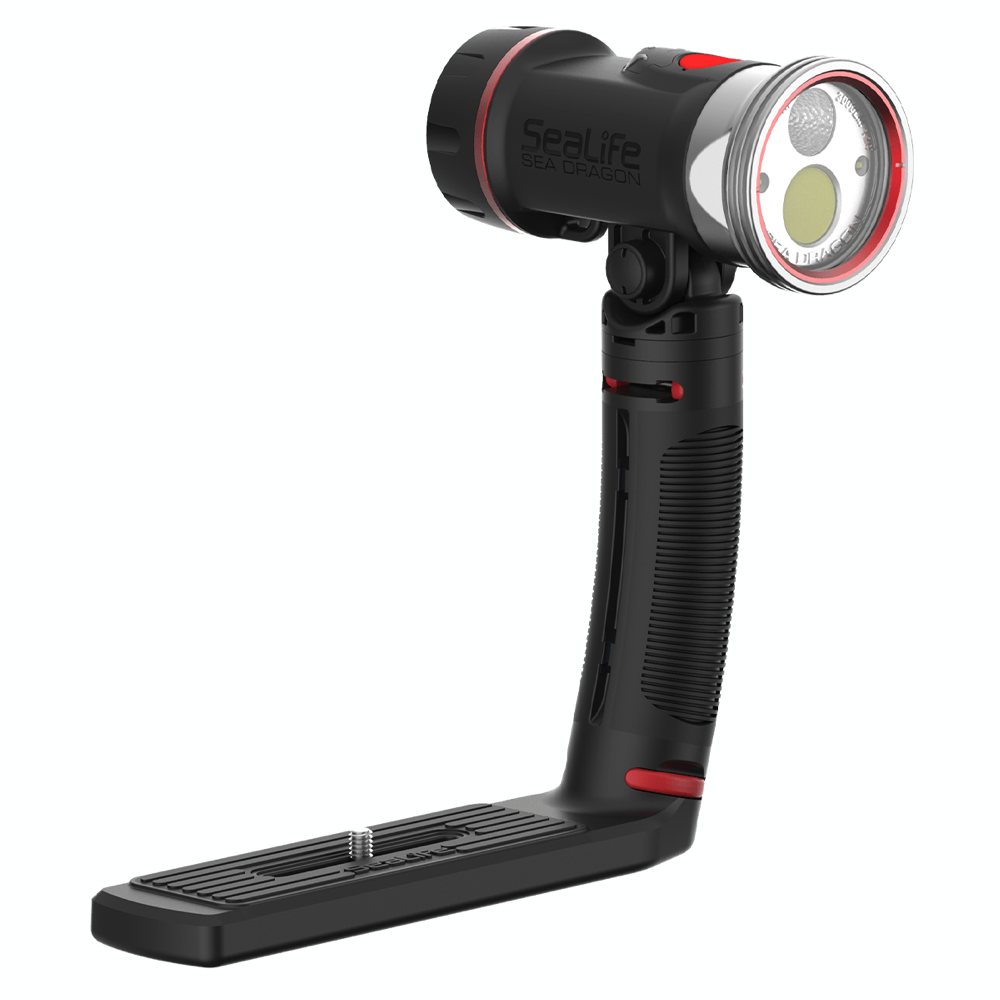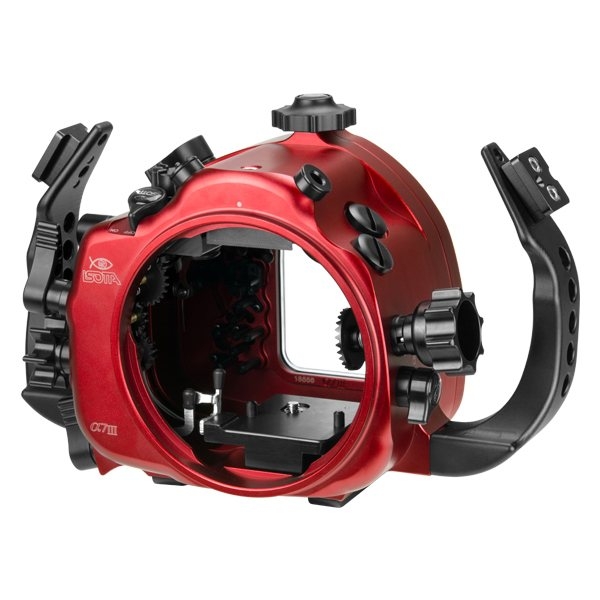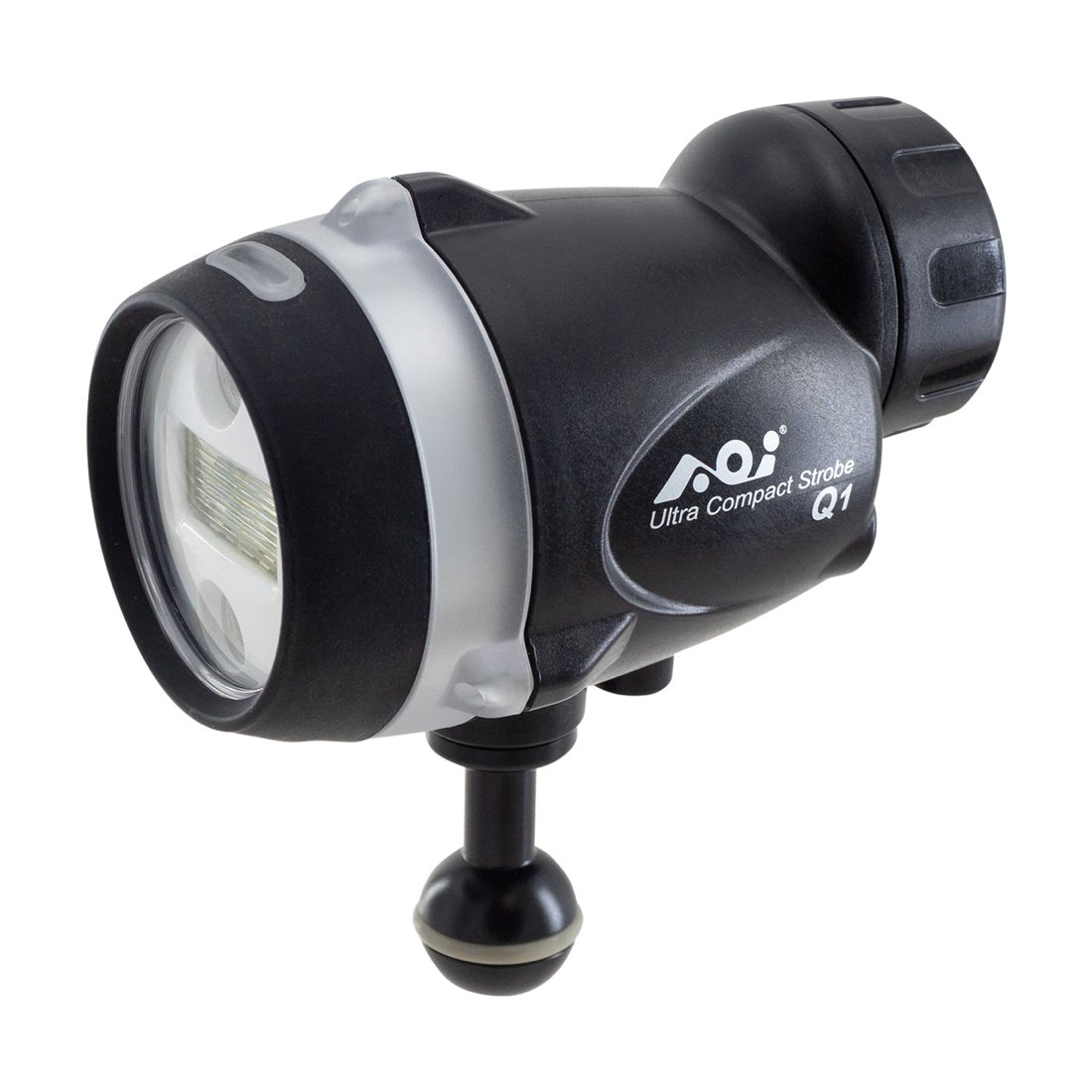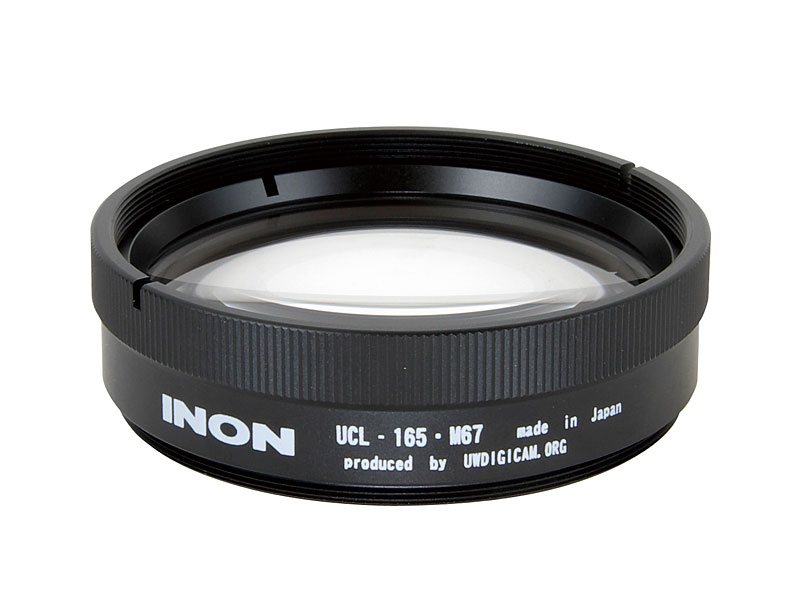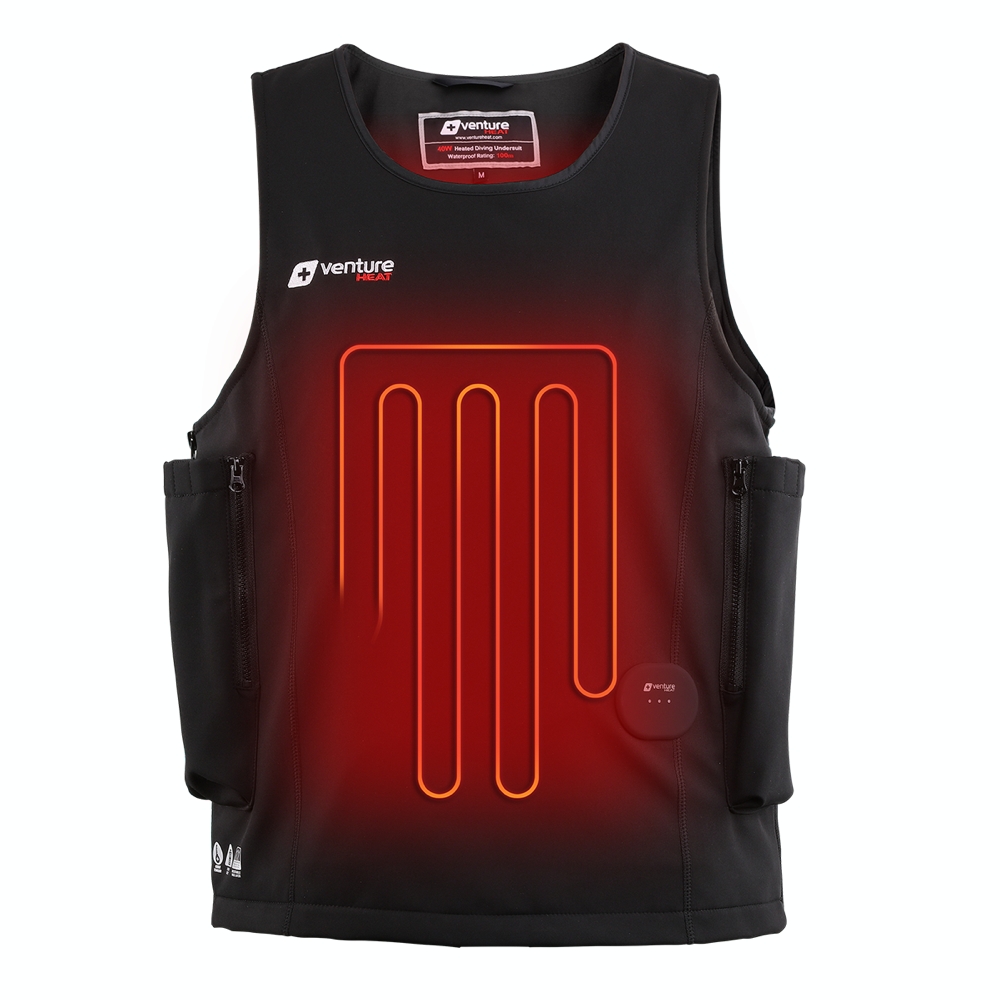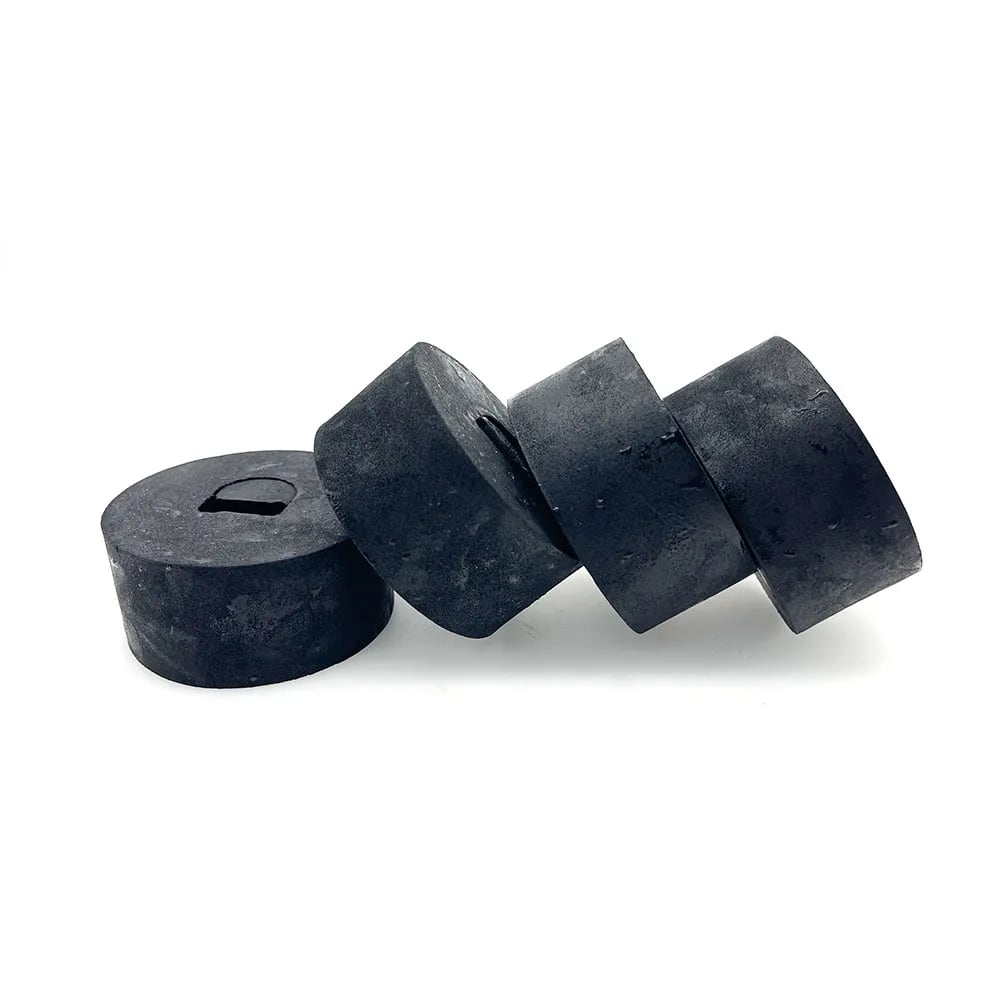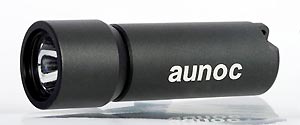- Home
- Directory
- Shop
- Underwater Cameras - Photographic Accessories
- Smartphone Housings
- Sea Scooters
- Hookah Dive Systems
- Underwater Metal Detectors
- Dive Gear
- Dive Accessories
- Diving DVD & Blu-Ray Discs
- Diving Books
- Underwater Drones
- Drones
- Subscriptions - Magazines
- Protective Cases
- Corrective Lenses
- Dive Wear
- Underwater Membership
- Assistive Technology - NDIS
- On Sale
- Underwater Gift Cards
- Underwater Art
- Power Stations
- Underwater Bargain Bin
- Brands
- 10bar
- AOI
- AquaTech
- AxisGo
- Backscatter Underwater Video and Photo
- BLU3
- Cayago
- Chasing
- Cinebags
- Digipower
- DJI
- Dyron
- Edge Smart Drive
- Eneloop
- Energizer
- Exotech Innovations
- Fantasea
- Fotocore
- Garmin
- Geneinno
- GoPro
- Hagul
- Hydro Sapiens
- Hydrotac
- Ikelite
- Indigo Industries
- Inon
- Insta360
- Intova
- Isotta Housings
- Jobe
- JOBY
- Kraken Sports
- LEFEET
- Mirage Dive
- Nautica Seascooters
- Nautilus Lifeline
- NautiSmart
- Nitecore
- Nokta Makro
- Oceanic
- Olympus
- OM System
- Orca Torch
- Paralenz
- PowerDive
- QYSEA
- Scubajet
- Scubalamp
- Sea & Sea
- SeaDoo Seascooter
- SeaLife
- Seavu
- Shark Shield
- Sherwood Scuba
- Spare Air
- StickTite
- Sublue
- Suunto
- SwellPro
- T-HOUSING
- Tusa
- U.N Photographics
- Venture Heat
- XTAR
- Yamaha Seascooter
- Youcan Robot
Well at least I now have a lot of ash trays!
Contributed by Ric Mingramm
For those that live and dive in the temperate water of Victoria we are blessed with an abundance of readily accessible sea food - just waiting to be picked up - abalone, crayfish, scallops.
Port Philip Bay was ravaged for years by marauding scallop boat dredgers, which tore up the ocean benthos and almost destroyed the fishery. Many part of Port Philip beneath the surface look likes a wet Desert! Tasmanian scallops are taken commercially in NSW, Victoria and Tasmania. They are caught using box-shaped mud dredges 2m to 3.5m wide. The dredges may be fitted with teeth. As the dredge is dragged along the bottom, the teeth dig into the mud, lifting the scallops so that they are caught in the dredge basket. Each dredge run lasts up to 15 minutes, after which it is lifted and emptied. The boat then reverses direction and fished back the other way. When diving on many of the numerous wrecks you need a GPS or accurate fix or you may as well go dive on the beach because all you will see is sand.
Thankfully scallop dredging has now been banned for a few years and the sea floor is starting to recover - although it will take a considerable amount of time. Indications are good though with increased size and catches of snappers and other fish.
One of the most accessible prizes of the Bay is the Scallop. Tasmanian scallops have a thin shell, nearly circular and strengthened by radiating ribs. In life the scallops rest on their paler, more convex lower valve which slightly overlaps the darker, flat or slightly concave upper valve (wish I knew that ...). They are found to depths of 120 metres over bare, soft sand or mud.
Scallops feed by filtering plankton and detritus from the water. They are preyed upon by starfish, divers and octopus.
On 12th October at 2.45 pm I descended to 16m with fellow scallop divers Tim, Fletcher (my son) and Chris to do my first ever scallop dive.
Being the oldest (the rest were kids - half my age), and the most experienced diver I thought it only right that I show the guys how many scallops I could collect. So in a cloud of sand and silt I off like a cut snake racking the bottom for unsuspecting scallops. If necessary stealing them (I estimate about 13) from my buddies hands and jamming my bag to capacity. The bag was that full that I needed to continue to adjust my BC as I was dragging on the bottom.
I smiled and laughed under my breath at the pitiful attempt that my son and his 2 comrades had accomplished in filling their puny catch bags - mine had the capacity of a EH Ute and in my mind I had them sauteing already!
Apart from scallops we saw 2 monster Flathead which I attempted to scoop into my catch bag and a likeable shovelnose shark - and the now sadly ubiquitous Pacific Starfish.
Having exhausted our air we surfaced and with man strength I loaded my catch bag into my boat and the boys flicked theirs on the deck. We transferred Tim & Chris' bag of scallops (pitiful amount really for young men!) to their Dads boat and he high powered it off to Tootgarook to clean them and flash up the hotplate.
Young Tim suggested it was good to shuck the scallops on the way in as this saves time at the ramp - I flashed up the Evinrude and slowly proceeded in shore.
After a minute I could hear the laughing as Tim turned out my catch bag into the fish box and commenced throwing over the side the empty shells, undersize and dead scallops. I immediately stopped the boat and asked what he was on about ... In life the scallops rest on their paler, more convex lower valve which slightly overlaps the darker, flat or slightly concave upper valve ... I unknowingly had collected the most weight but all but 14 were dead, undersize or empty! You guessed it, as a non-smoker I now have more scallop ashtrays than anyone I know.
I can only say that next tim ... look out scallops I've got your measure ... there will be no hiding, now I know your cunning plans.
Shopfront
-
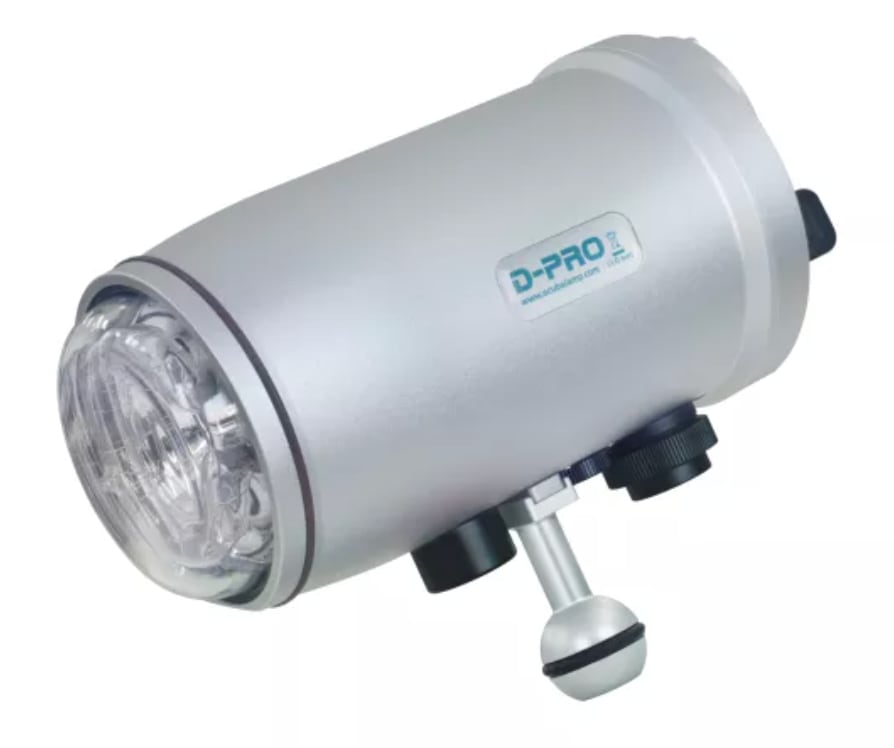 Scubalamp D-Pro Underwater Strobe
Scubalamp D-Pro Underwater Strobe
- Price A$ 1,199.00
-
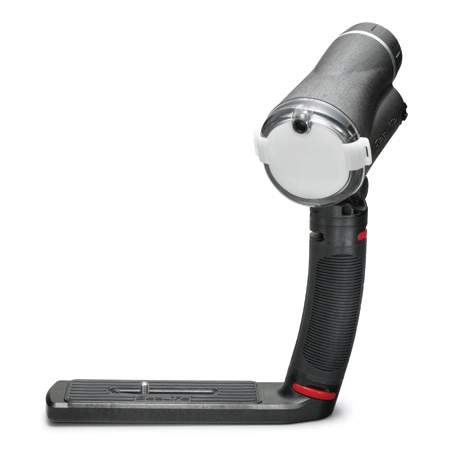 Sealife Sea Dragon Flash - Strobe
Sealife Sea Dragon Flash - Strobe
- Price A$ 699.00
-
 AOI UH-OM-1 Underwater Housing for Olympus and OM System OM1
AOI UH-OM-1 Underwater Housing for Olympus and OM System OM1
- Price A$ 1,699.00
-
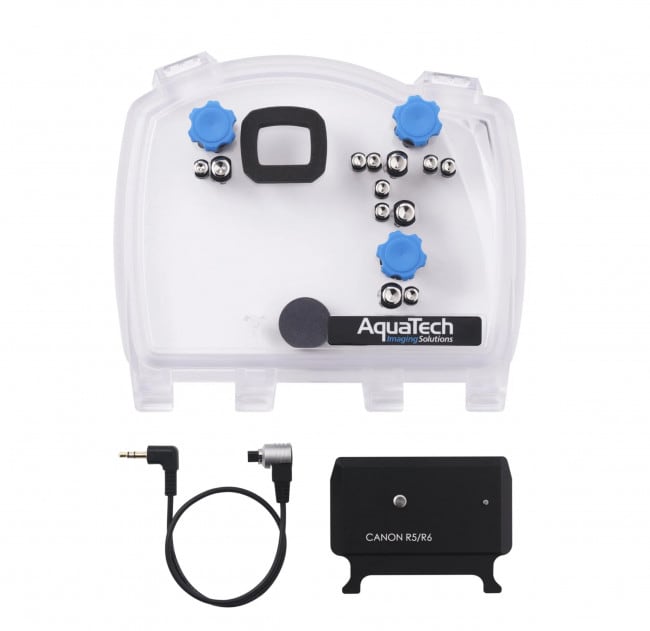 AquaTech EDGE PRO Conversion Kit - Sony - Nikon - Canon - Fuji
AquaTech EDGE PRO Conversion Kit - Sony - Nikon - Canon - Fuji
- Price A$ 1,049.00
-
 GoPro HERO13 Black Action Video Camera
GoPro HERO13 Black Action Video Camera
- Price A$ 649.00
-
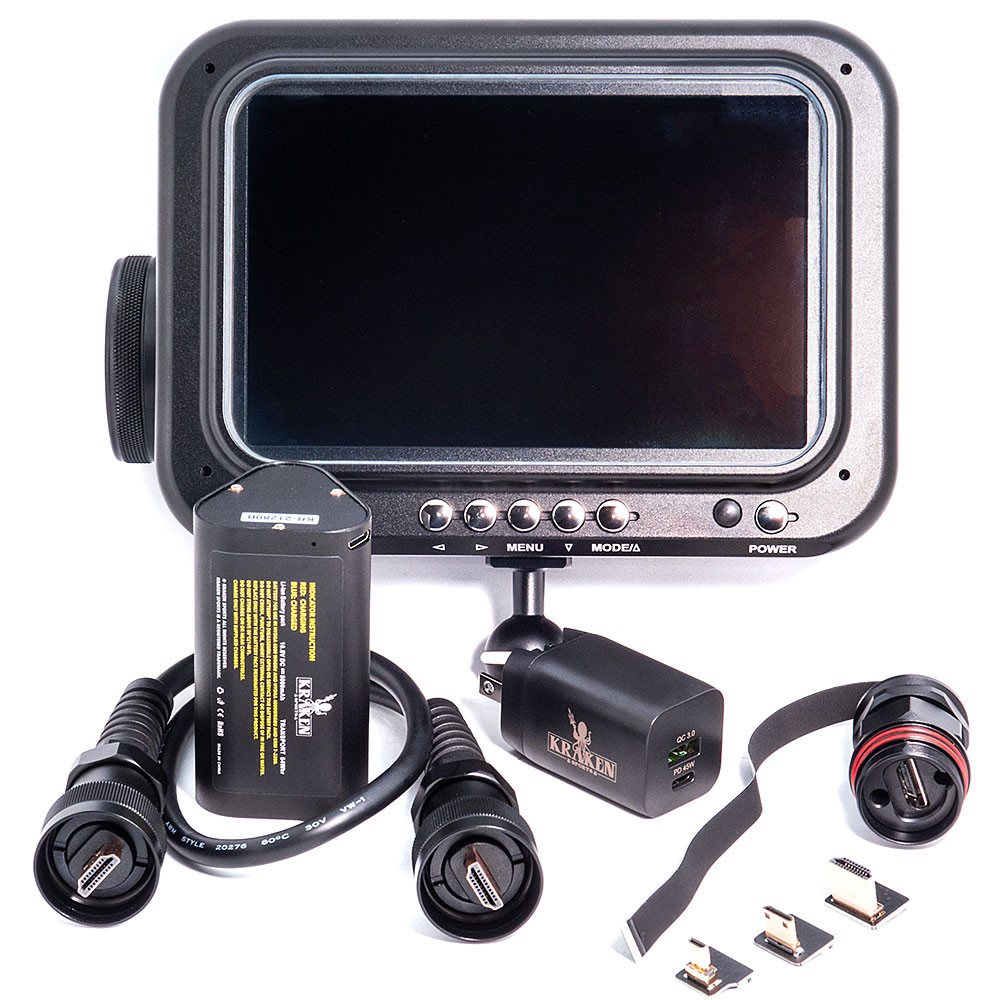 Kraken 7-inch Ultra Bright Underwater Monitor KRM07-2200
Kraken 7-inch Ultra Bright Underwater Monitor KRM07-2200
- Price A$ 2,999.00
-
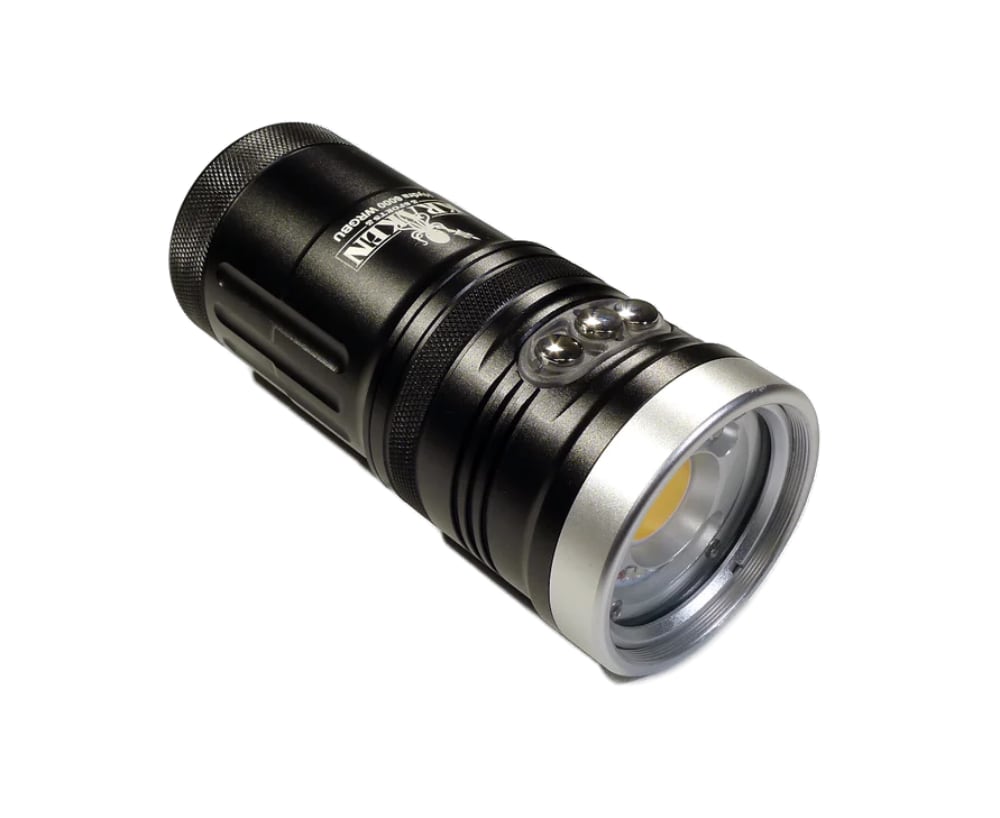 Kraken Hydra 6000 WRGBU
Kraken Hydra 6000 WRGBU
- Price A$ 899.00
-
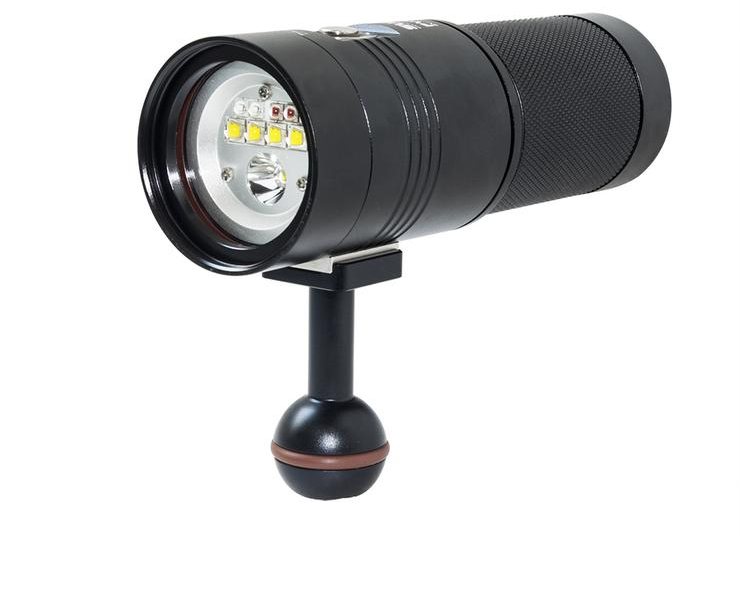 Scubalamp PV32T LED Photo/Video Light - 3,000 lumens
Scubalamp PV32T LED Photo/Video Light - 3,000 lumens
- Price A$ 349.00
In the Directory



